Birds That Feed On Nectars: ”Nectarivore”
Introduction:
Nectar-feeding birds, also known as nectarivores, have specialized adaptations to feed on the sweet, energy-rich liquid produced by flowers. Hummingbirds are the most well-known nectar feeders, but other birds like sunbirds and lorikeets also engage in this feeding behavior.
These birds have unique physical traits that aid in nectar consumption. Specialized bills, often long and slender, allow them to reach deep into the flower to access nectar. Additionally, they have a highly developed sense of vision to locate flowers, and strong flight muscles for hovering, a behavior characteristic of many nectar-feeding birds.
What is Nectar ?
Nectar is a sweet liquid produced by flowers, and it plays a crucial role in attracting pollinators, including nectar-feeding birds, insects, and bats. The process of nectar formation involves several physiological and biochemical steps within the specialized structures of a flowering plant, primarily in the nectaries.
Nectaries:
Nectaries are specialized glands found in various parts of a plant, such as the base of the flower, within the flower itself, or on other plant structures like leaves and stems. These nectaries are responsible for nectar production.
Biochemical Composition:
- Sugars: The primary components of nectar are sugars, mainly sucrose, glucose, and fructose. These sugars contribute to the sweetness of the nectar and provide energy to the pollinators.
- Amino Acids: Nectar also contains small amounts of amino acids, organic acids, and other compounds that vary among plant species. These additional components can influence the taste and nutritional value of the nectar.
Timing of Nectar Production:
Circadian Rhythms: Nectar production often follows circadian rhythms, with the highest production occurring during specific times of the day. This timing is often coordinated with the activity patterns of the plant’s pollinators.
Adaptations for Nectar Feeding:
- Specialized Bills and Tongues: Nectar-feeding birds often have long, slender bills and extendable, tube-like tongues. These adaptations help them access nectar deep within flowers.
- Hovering Abilities: Many hummingbirds are capable of hovering in mid-air, which is a unique ability among birds. This hovering capability allows them to remain stationary while feeding from flowers.
- Specialized Tongues: Many nectar-feeding birds have specialized tongues with grooves or tubes to extract nectar efficiently.
- Excellent Color Vision: Nectar-feeding birds, particularly hummingbirds, have exceptional color vision. They are attracted to brightly colored flowers, especially those in the red and orange spectrum.
Role in Pollination:
- Crucial Pollinators: Nectar-feeding birds are important pollinators for many flowering plants. As they feed on nectar, their heads come into contact with reproductive structures of flowers, transferring pollen from one flower to another. This promotes genetic diversity and reproduction in plant populations.
- Plant Diversity: By facilitating pollination, these birds contribute to the diversity of plant species within an ecosystem. Many plants rely on specific bird species for effective pollination.
Dietary Supplementation:
- Insectivorous Habits: While nectar is a primary energy source, nectar-feeding birds also consume insects and spiders to supplement their diet with proteins and other essential nutrients.
- Diversity in Diet: Some species, like sunbirds and honeyeaters, may have more diverse diets, including nectar, insects, and even fruits.
Here are some examples:
Hummingbirds:
Ruby-throated Hummingbird (Archilochus colubris):
Found in eastern North America, it is the only hummingbird species that breeds in eastern North America.
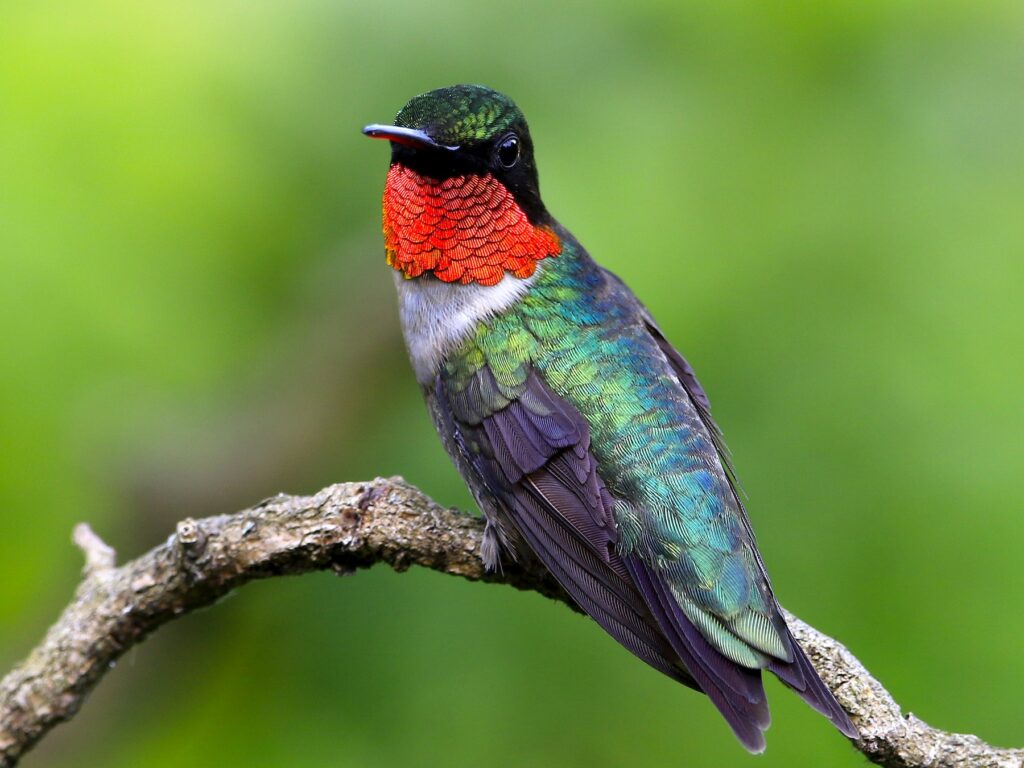
Anna’s Hummingbird (Calypte anna):
Native to the western coast of North America, from Alaska to Baja California.
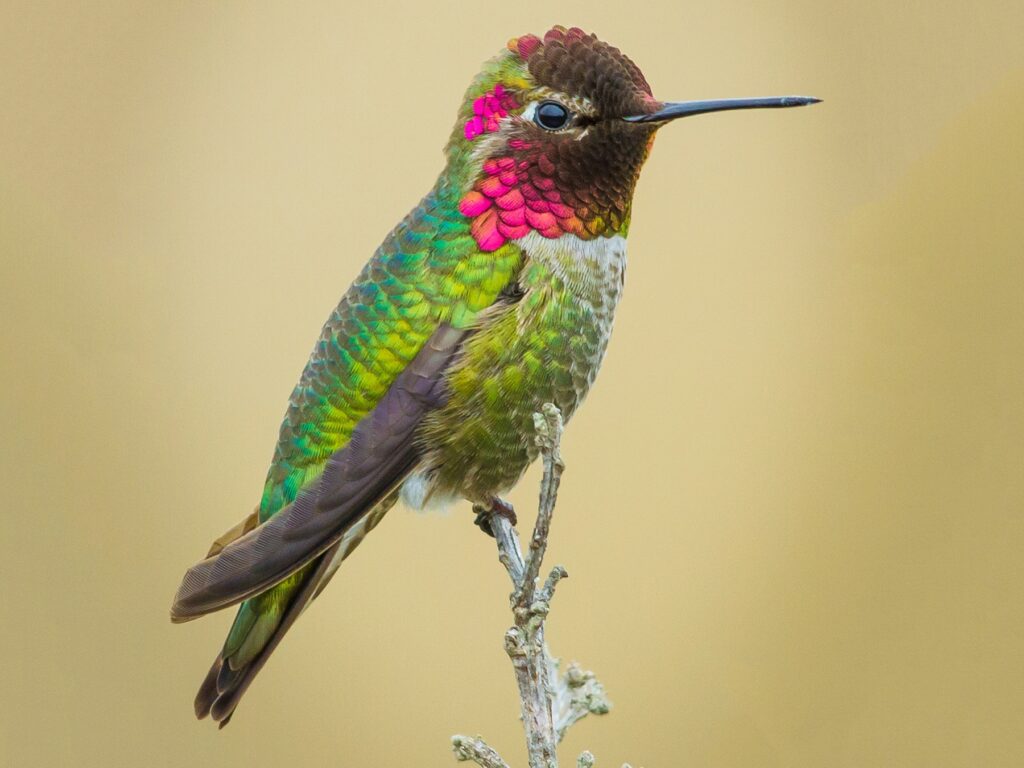
Rainbow-bearded Thornbill (Chalcostigma herrani):
Found in the Andes Mountains of South America, known for its vibrant colors.
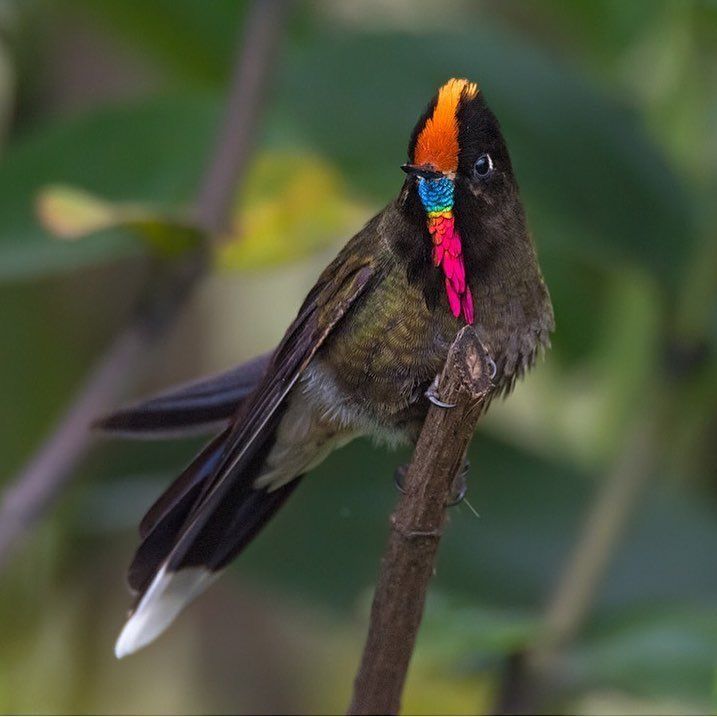
Violet-crowned Hummingbird (Amazilia violiceps):
Native to the southwestern United States and Mexico.
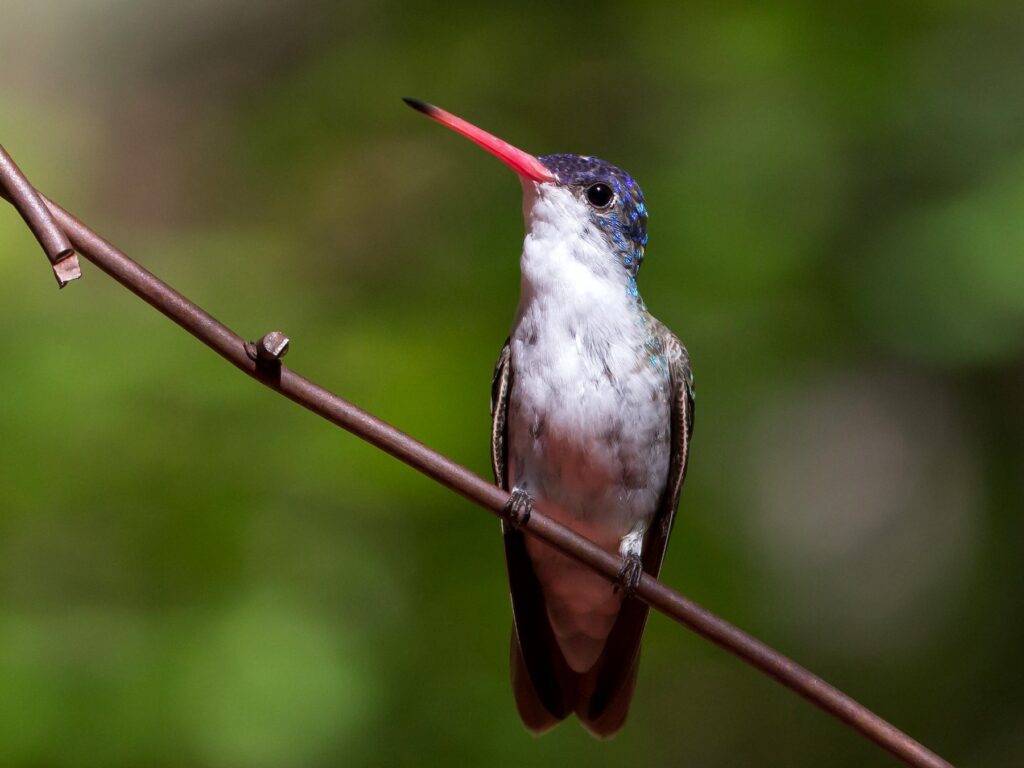
Sunbirds:

Northern Double-collared Sunbird (Cinnyris reichenowi):
Found in East Africa, particularly in the highland regions.
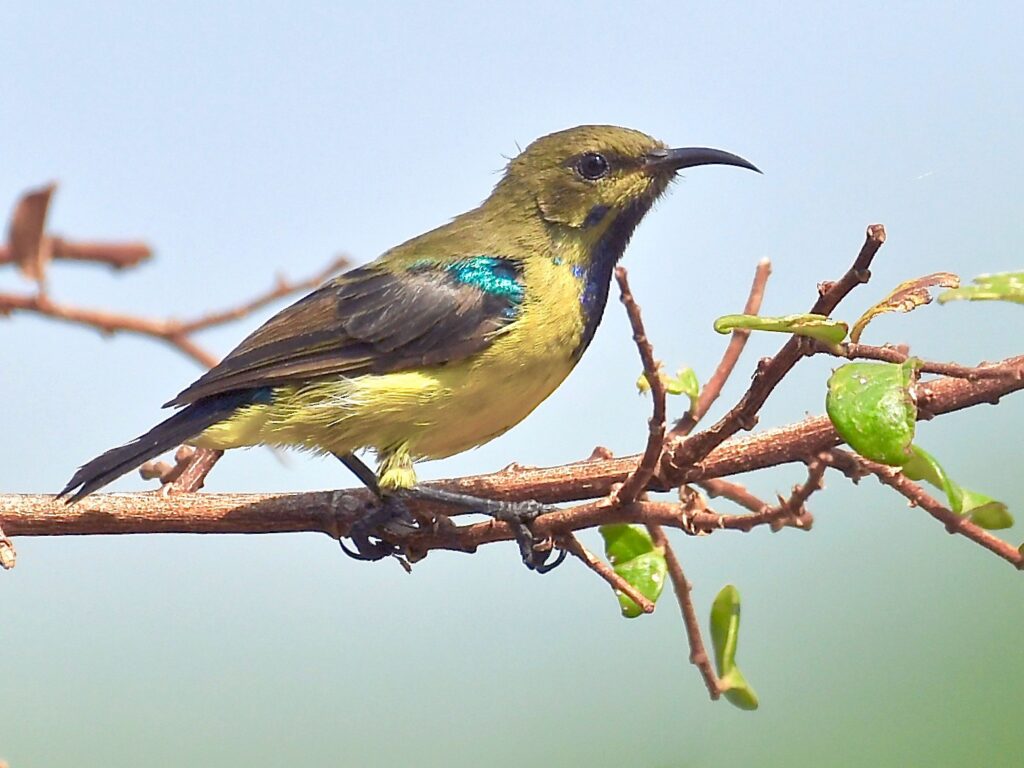
Variable Sunbird (Cinnyris venustus):
Native to sub-Saharan Africa, known for its striking iridescent plumage.
Honeyeaters:
Eastern Spinebill (Acanthorhynchus tenuirostris):
Native to southeastern Australia, known for its long, slender bill.

White-cheeked Honeyeater (Phylidonyris niger):
Found in Australia, primarily in the eastern and southeastern regions.
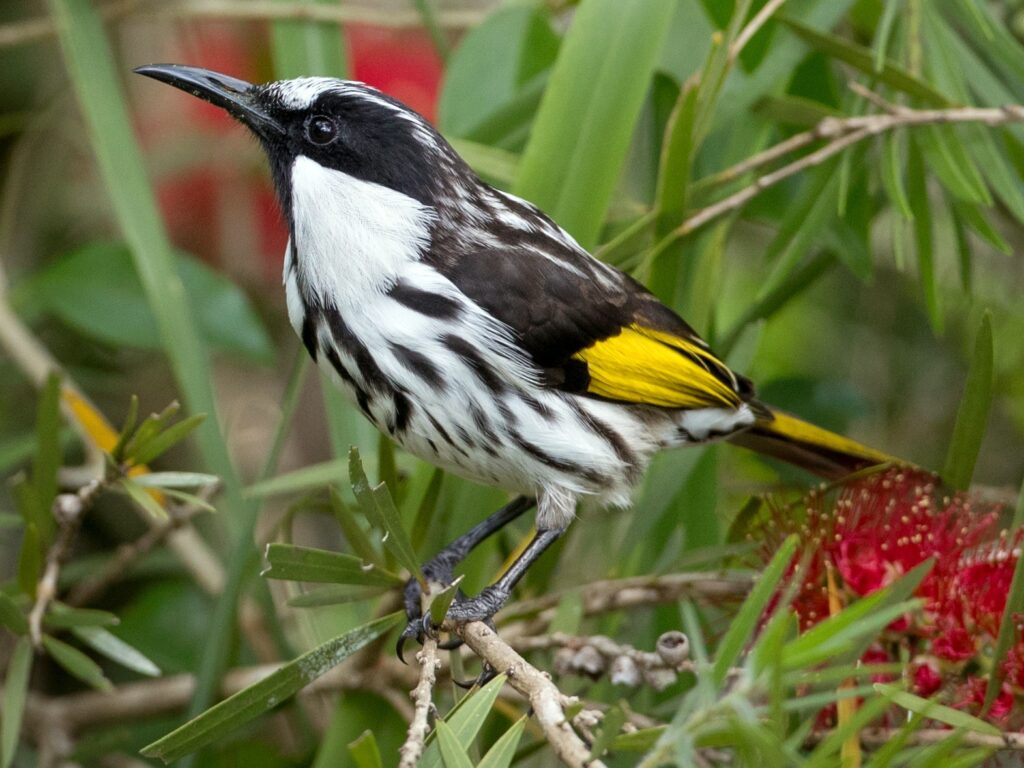
Bananaquit (Coereba flaveola):
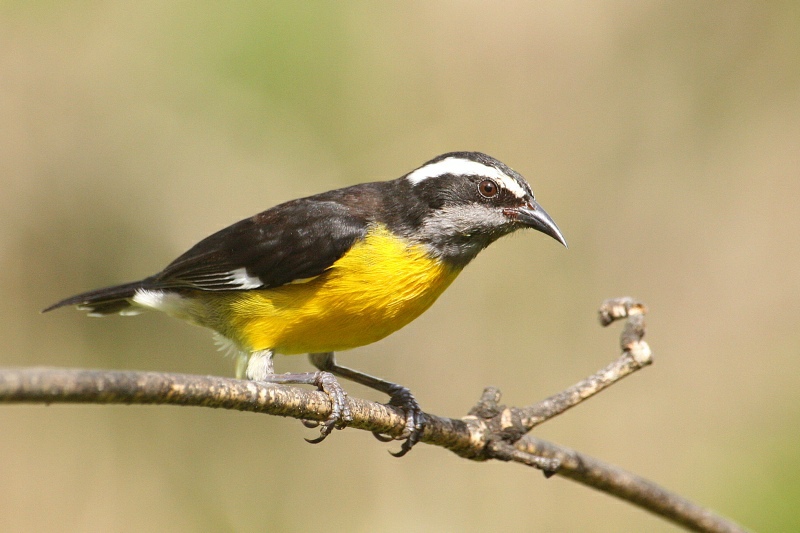
Found in the Americas, from southern Mexico to northern Argentina. They are known for their curved bills and distinctive black and yellow coloration.
Baltimore Oriole (Icterus galbula):
While primarily insectivorous, Baltimore Orioles are known to drink nectar and eat fruit, especially during the breeding season.

These are just a few examples, and there are many more species around the world that have evolved to feed on nectar. Each of these birds has unique adaptations to extract nectar from flowers, and they play a crucial role in pollination and the health of their ecosystems.